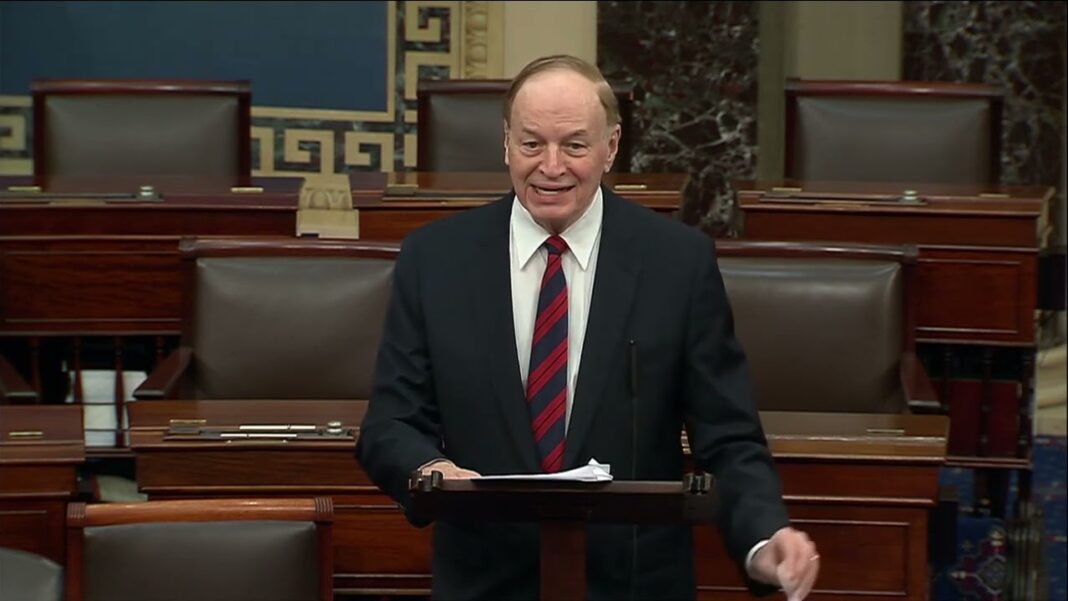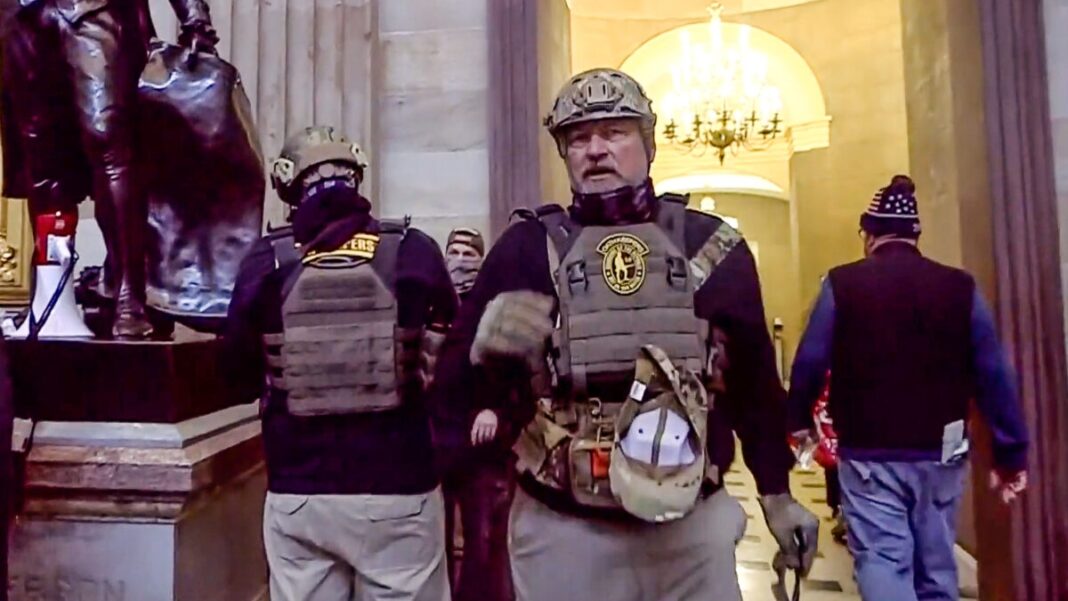
Senate Republicans are split on whether to push Democrats to adopt a measure that funds the government at existing levels until the new Congress convenes in January or agree to a post-election “lame duck session” vote for billions of dollars in new spending.
Because the current fiscal year ends on Sept. 30, Congress must adopt either a Continuing Resolution (CR) that keeps the federal government’s doors open at current funding levels or adopt a separate spending bill for the same purpose but with added expenditures.
Either way, the key issue is whether to fund the government until the 118th Congress is sworn in on Jan. 3, 2023, or approve a temporary measure that requires another vote after the November election, most likely in December.
The December vote would be the vehicle for additional spending and policy directives.
Spokesmen for two moderate Republicans—Sen. Rob Portman of Ohio and Sen. Lisa Murkowski of Alaska—told The Epoch Times on Sept. 20 that they will support the lame duck session vote. The Ohio senator wants to send additional military aid to Ukraine, while the Alaskan “supports the short-term CR.”
In a Senate evenly divided with 50 Republicans and 50 Democrats (including two Independents who vote with them), the support of two GOP senators all but assures Senate Majority Leader Chuck Schumer (D-N.Y.) of being able to have the lame duck session vote.
But the Senate Republican caucus is even more divided on the issue than the defections of Portman and Murkowski suggest.
Sen. Richard Shelby (R-Ala.) is retiring at the end of the current session, but as the top GOP member of the Senate Appropriations Committee, he retains tremendous influence on both sides of the partisan aisle.
Shelby told reporters on Sept. 20 that “we should do our job while we are here,” indicating that he will back the lame duck session vote.







